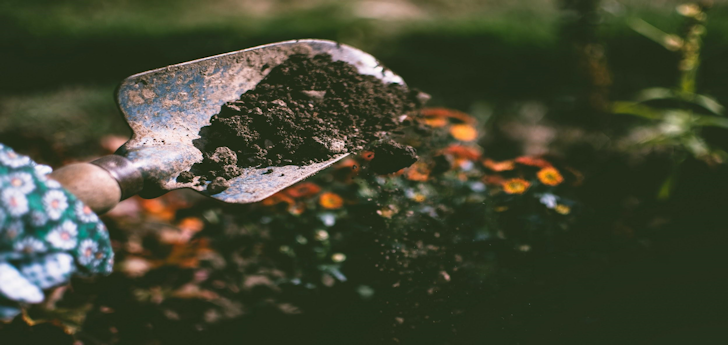
Image via Pexels
Are you ready to experience the many benefits of growing nutritious fruits, vegetables, and herbs right in your own backyard? The following resources will walk you through the process of planting and maintaining a bountiful backyard garden, no matter where you live or what your gardening skills may be. If you’re interested, read on to begin!
Plan Your Backyard Garden
Before you start planting your garden, you’ll need to choose a layout and think about the types of fruits and vegetables you’d like to grow in your backyard. However, keep in mind that some fruits and veggies require full sun — while others can be grown in part to full shade.
- Start by planning your garden layout. The Old Farmer’s Almanac has three possible vegetable garden layout ideas on its website.
- Decide which fruits, vegetables, and herbs you’d like to plant and whether you’re going to plant seeds or transplants. A few great options include sweet corn and peppers.
- Learn about the light requirements for the fruits and veggies you wish to plant. If your garden won’t get full sunlight, shade-tolerant vegetables include kale and radishes.
- Live in an apartment or don’t have a backyard of your own? There are some top food ingredients you can grow at home in your apartment, including garlic and herbs.
Prepare Your Garden Soil and Start Planting
Once you’ve planned your garden, you’ll need to test and prepare your soil before you can start planting. Here are some tips for preparing your soil and planting a garden that flourishes.
- Test your soil so you know what you’re working with. The main soil groups are clay, silty, peaty, sandy, loamy, and chalky.
- Add organic matter to improve the quality of your garden soil. Common types of organic matter include compost, plant materials, and composted sawdust. Composted manure and green manure can also be used.
- Read your plant tags and start planting your garden! Make sure you’re leaving enough space in between each plant to avoid overcrowding.
- Lay down mulch to slow weed growth, prevent pests, and retain soil moisture.
Select an Irrigation Method
Now that you’ve planted your seeds and/or transplants, you’ll need to choose the right irrigation method for your garden. Here are some tips for selecting a watering system and keeping your garden as healthy as possible.
- Review the golden rules for watering. Your garden soil should remain moist, but you also want to prevent waterlogging.
- Explore different irrigation methods to find the best watering system for your garden. The method you choose may depend on your climate, rainfall averages, and whether your garden is mostly sun or shade.
- Compare the costs of different irrigation systems. Basic garden misting systems, for instance, cost between $30 and $100 when purchased from home improvement stores.
Once you’ve planted your backyard garden and chosen an irrigation method, you’ll need to water and weed it regularly. After weeding the garden, however, be sure to cover the exposed soil with a fresh layer of mulch — as this will help to prevent new weeds from coming in. By giving your garden the attention it needs to grow and thrive, you’ll soon have an abundance of nutritious fruits, veggies, and herbs that your whole family to enjoy!
Recommended Products
If you want to stay true organic we recommend the following Products
DiatomaceousEarth DE10, 100% Organic Food Grade Diamateous Earth Powder - Safe For Children & Pets 10 LBS
Price: $19.99
Water with only a filtered watering system. We recommend
Garden Hose Filter - Removes Chlorine, Chloramines, VOCs, & Pesticides/Herbicides
Price: $36.95
Remember you cannot achieve "true organic" planting in the soil. We always recommend a raised bed garden

